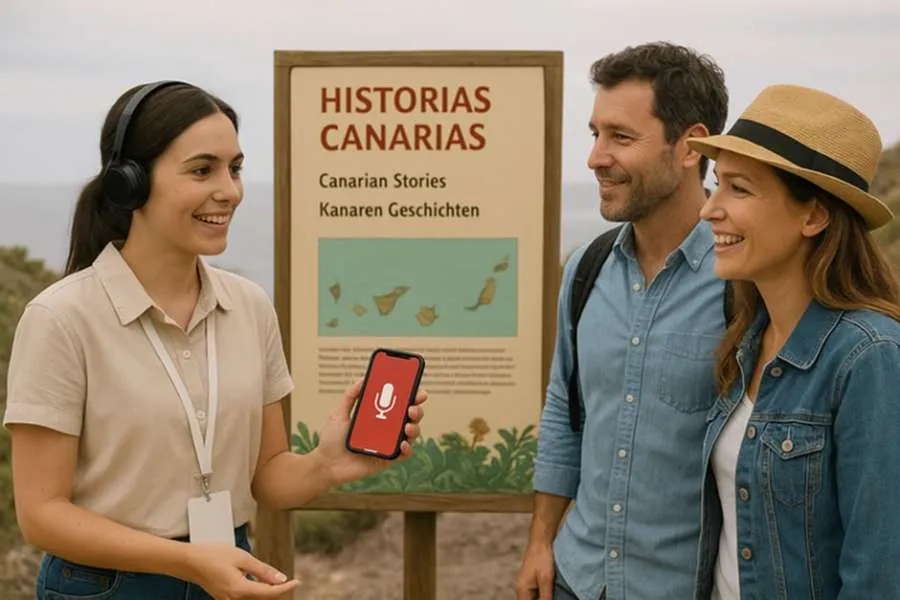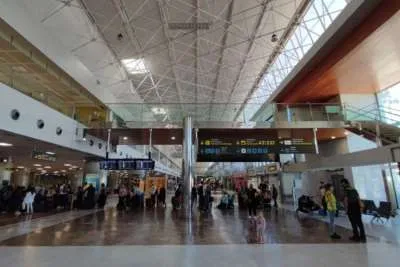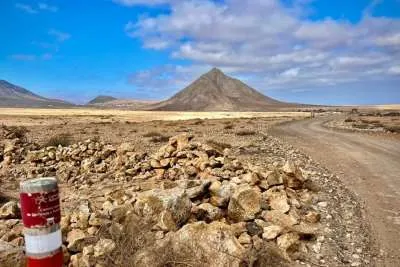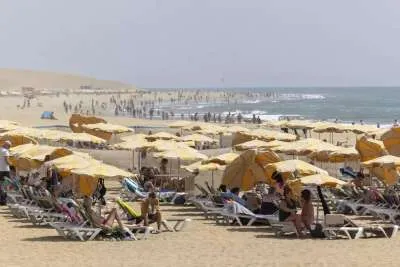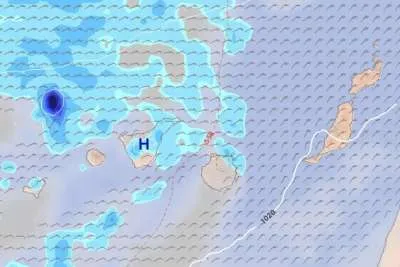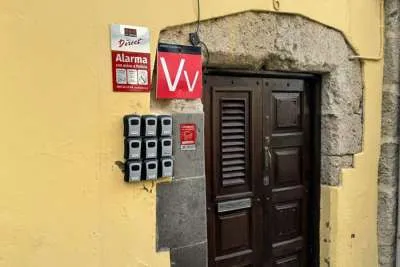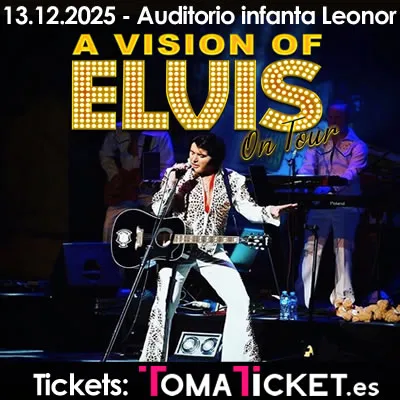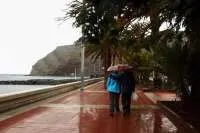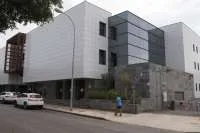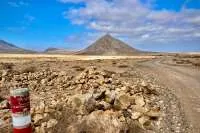Multilingual islands: How audio translation makes Canarian stories accessible to visitors
- 03-11-2025
- Travel
- Canarian Weekly
- Photo Credit: Supplied
The Canary Islands are a sun-kissed Spanish archipelago off the coast of Africa that annually attracts millions of tourists, but whereas the natural beauty is universally appealing, the rich history and captivating local stories are either told partially or only in Spanish. This has long had the implication that non-Spanish speaking tourists might miss out on the deeper, authentic narrative giving life to the islands.
However, a silent revolution has been taking place across Canarian tourism, driven by the power of audio translation. This tech jump means that linguistic walls are falling, and local legends, geological history, and cultural nuances are accessible on Tenerife, Gran Canaria, and Lanzarote to each and every visitor, irrespective of their native tongue.
Overcoming the Linguistic Barrier in Tourism
Tourism in the Canary Islands is truly international. While Spanish is the official language, visitors come in speaking English, German, French, Italian, and several other languages. On the other hand, for places like historical museums, archaeological sites, and even natural monuments like Teide National Park, the facilitation of complex, detailed information in many languages is a logistical challenge.
Conventional methods, such as printed signboards, often lead to cluttered displays or are confined to an additional one or two extra languages. Moreover, a static sign cannot really capture the warmth, rhythm, or emotional depth of a well-told Canarian tale.
This implies the need for a scalable, engaging, and cost-effective solution. Multilingual human guides are expensive and limit the number of tours and locations that can be provided. This is where modern audio technology comes in to bridge rich local narratives with diverse international audiences. The development of sophisticated audio guides and mobile applications has fundamentally changed the way cultural information is shared.
Most of these applications are powered by various technologies for content creation. A big part of the creation of modern audio guides lies in the process of translating scripts into natural-sounding spoken words in several languages. The process, known as audio translation, is an innovation at the core. It makes it possible for a content professional to create one story, have this professionally translated, let's say, into German and French, and then create high-quality audio tracks right away with an audio translator like Murf AI. The result is more extensive and richer libraries of stories in many languages that can be deployed across the archipelago at dozens of locations simultaneously, from the ancient caves of Cueva Pintada to the volcanic landscapes of Timanfaya. This digital approach ensures consistency and quality across all islands and attractions.
The Evolution of the Audio Guide Experience
Modern audio guides in the Canary Islands are worlds away from the cassette players of yesteryear. Today, this often translates into a simple smartphone app or some light and small digital device, offering an interactive experience, tailored to your needs.
● Diverse Narratives: Audio translation allows local storytellers, historians, and ecologists to create detailed scripts unhindered by issues of language limitations. Translated audio tracks can cover subjects that are more niche in nature, for instance, the whistling language from La Gomera (Silbo Gomero), the pre-Hispanic history concerning the Guanches, or the particular species to be found in the laurel forests of La Palma.
● Location-Based Storytelling: Many of them employ GPS to offer a 'Tour Mode' in which the relevant audio track plays automatically as a visitor approaches a specific point of interest. That means the story of some particular rock formation or historic building is told right when the visitor is looking at it. In driving between the scenic viewpoints, this app becomes a digital guide, enabling visitors to frame the passing landscapes with context.
● Improved Accessibility: Besides the absolute linguistic advantages, audio translation naturally allows better access for visitors with visual impairments and those who may get tired of reading long signs. By turning the script into clear, well-articulated spoken information, Canarian cultural heritage becomes available to a wider range of people, thus fulfilling modern standards of inclusive tourism.
Impact on Visitor Experience and Local Preservation
Wherever multilingual audio access is adopted, the impacts on the visitor experience and the local culture are profound and positive.
For the Visitor:
● Deeper Engagement: Tourists go beyond ordinary sightseeing to a real understanding and learn why the Maspalomas Dunes are a protected reserve, how the volcanoes shaped the islands, and who those historical figures were who marked Canarian identity. This fosters a stronger connection to the destination.
● Increased Satisfaction: Various studies have identified that when information is imparted to tourists in their own language, their overall satisfaction and intent to recommend the place increase significantly. Audio translation instils a feeling of being valued and taken care of, which makes for a much more memorable trip.
● Freedom and Flexibility: Visitors are not tied to the schedule of a guided group tour. They can explore at their own pace, pausing and replaying information as needed, and that is quite an attraction for independent travellers.
For the Local Culture and Economy:
● Cultural Preservation: It is in this respect that the nuances of Canarian culture are maintained by carefully translating the stories into various languages, without any misunderstanding or over-simplification associated with quick human translations.
● Economic Opportunities: Providing and sustaining such digital translation platforms opens up new jobs in content creation, translation, and app development within the local tech sector.
● Sustainable Tourism: Explaining to visitors the importance of either a natural or historical site would make them respect it and follow any set conservation guidelines to reduce degradation in these areas.
Conclusion
The audio revolution has transformed the Canary Islands, powered by advanced translation technology, into a truly accessible destination. In offering rich, detailed, and engaging stories in multiple languages, attractions ensure that the profound history and vibrant culture of the archipelago will no longer be confined to the Spanish language.
Other articles that may interest you...
Trending
Most Read Articles
Featured Videos
A Vision of Elvis Tenerife Promo
- 10-05-2025
TEAs 2025 Highlights
- 17-11-2025


